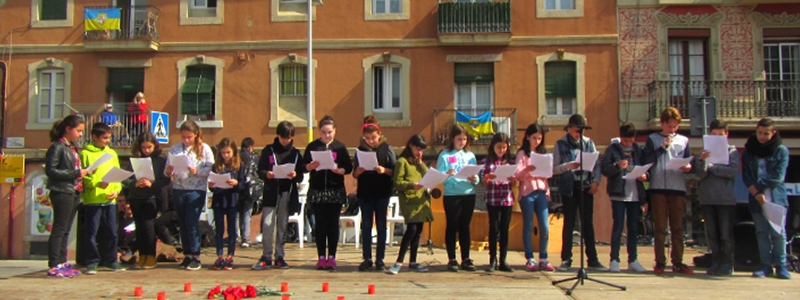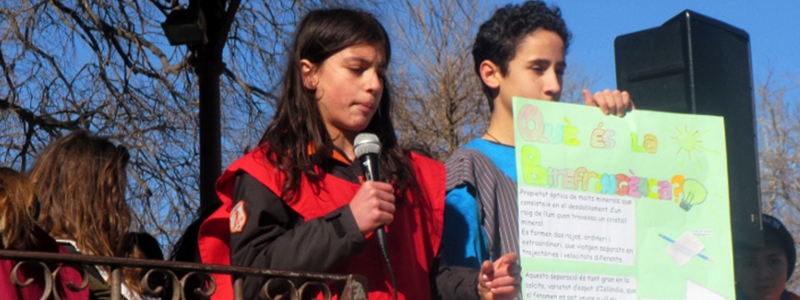Problem: Barcelona is known for being the first city in the world to declare itself an "Educating City", investing in public spaces and in the linking of different sectors to ensure holistic education for children and adolescents. In 1990, the first International Congress of Educating Cities was held in the city. In recent years, the Ciutat Vella district, in the central region, has become one of the clearest examples of educational territory in the city after educational institutions, from both the public and the private sector, began to discuss how they could overcome social inequalities, school dropout rates and safeguard the diversity of the region, ensuring an education that reflects local characteristics, marked by the presence of different ethnic groups and rich architectural heritage. The region comprises five districts, with around 105,000 inhabitants of 122 nationalities - 9.5% of them aged between 15 and 24 years - 49 schools and more than 200 cultural institutions.

Solutions: An educational plan was created for the schools in the district, with five main goals: provision of quality education and educational attainment; monitoring of high school students to ensure that they remain in school and continue their studies; alignment of non-formal education planning; family support and care for the needs of the local protection network.
To achieve this, various projects were developed, such as “Apadriño”, which seeks to take advantage of the best aspects of the neighborhood - and its cultural facilities, people and places - on behalf of schools. Thus, museums, theaters and other cultural devices have constant contact with educational institutions and now influence their curriculums. For example, a music school and an educational institution recently signed up to a partnership in which children learn to 'batucada' (a traditional percussion rhythm) and relate this experience to the mathematics they learn in the classroom.
The School Pathway project aimed to promote independent mobility of children as young as eight years old on their journey between home and school. As of 2010, the streets have become specially marked to facilitate the movement of students and inform drivers that certain locations are part of the children’s route. Parking lots were also created for bikes and scooters. Merchants and residents joined the initiative by putting stickers on the doors of homes or business premises to signal that the sites could be used as reference points for children if they had a problem and needed help.
In the Raval neighborhood, another proposed activity was the creation of a sticker album called "Patchwork Histories", filled by children, based on conversations with elderly residents or educators, with items relating to the neighborhood’s history, going back as far as the Neolithic period.

Outcomes: Students began to occupy more and more public space, using it for learning. Parental involvement in the school's pedagogical decisions increased. There exists a deep link between spaces and people. Educational policies began to operate in constant dialogue with the region. State policies ensure long-term programs. The tertiary sector also participates intensely, though without acting as a form of welfare. Urban development is beginning to be designed in accordance with the needs of education and the number of school dropouts has decreased.






